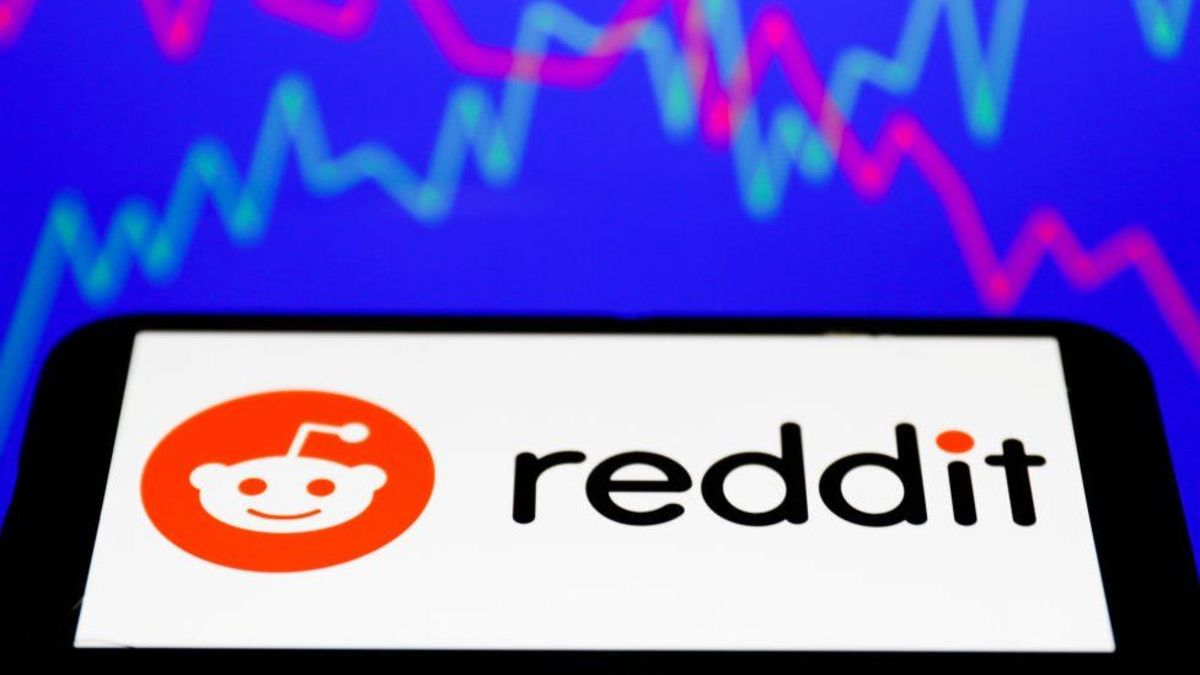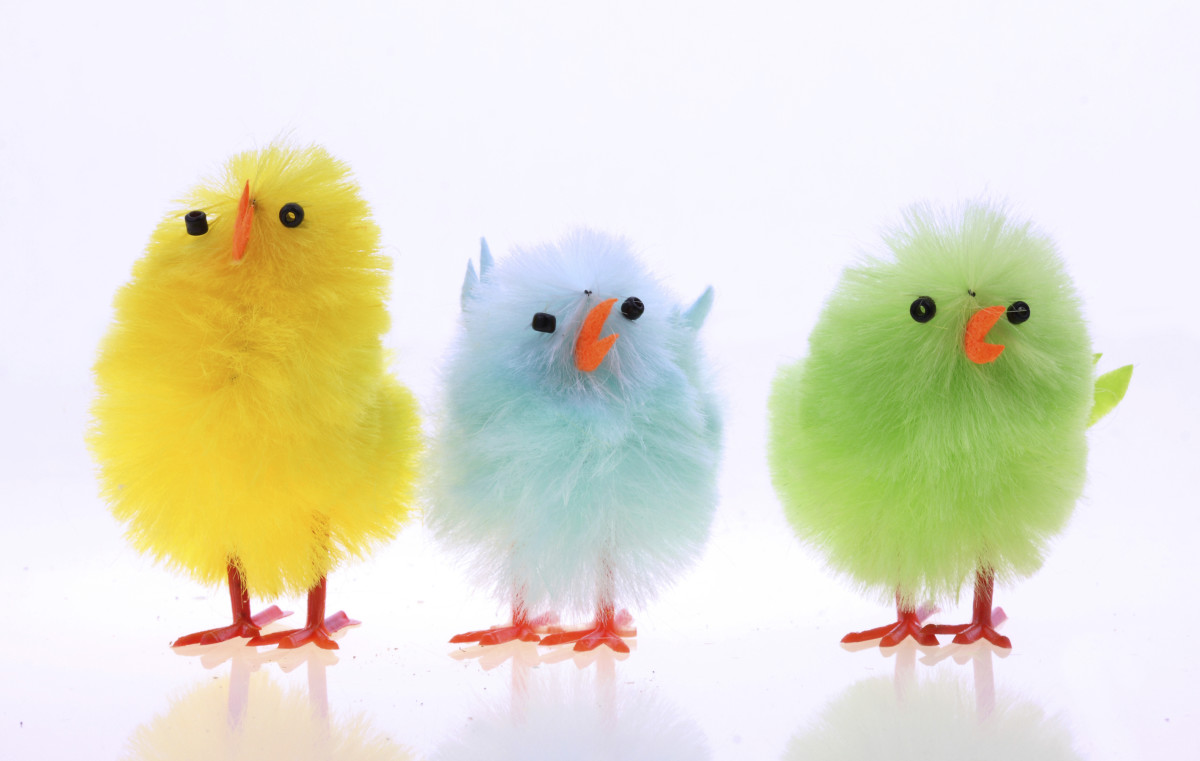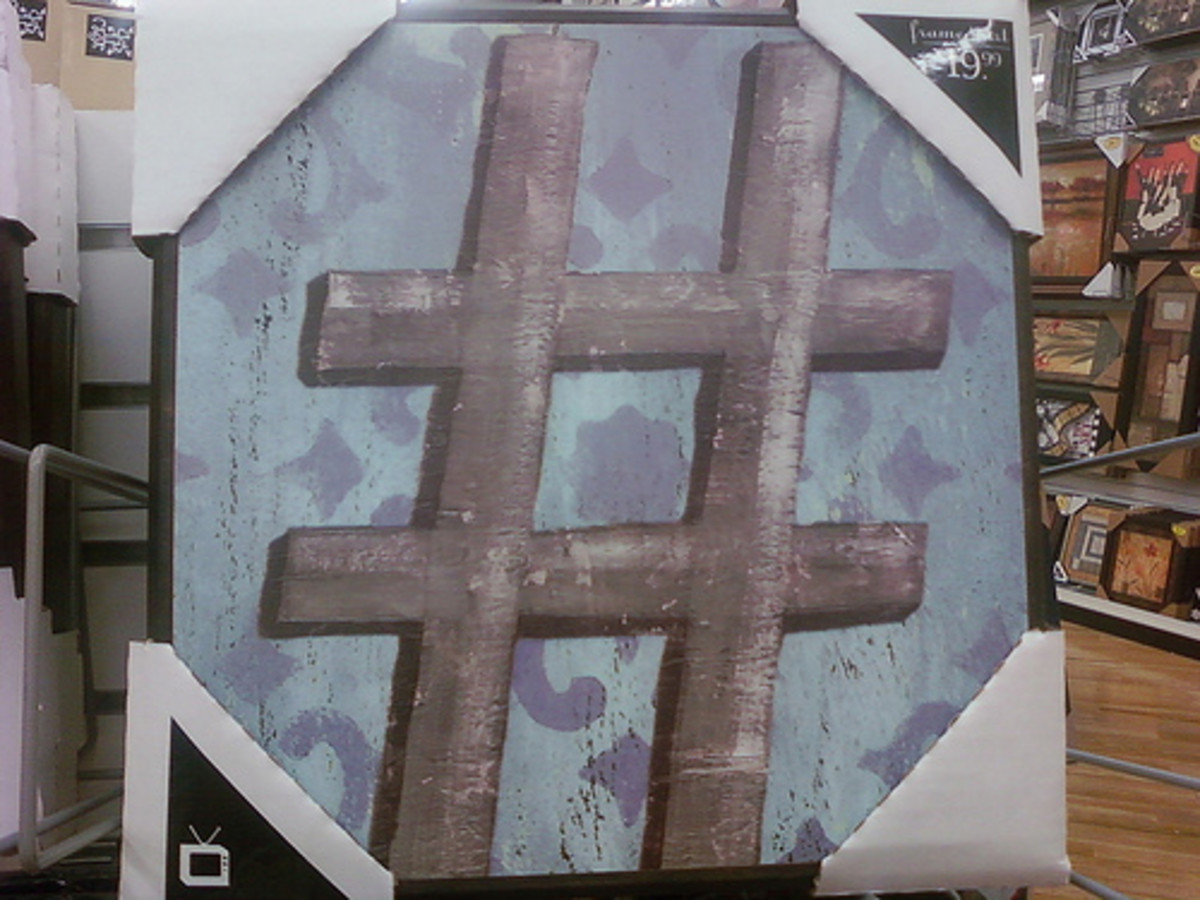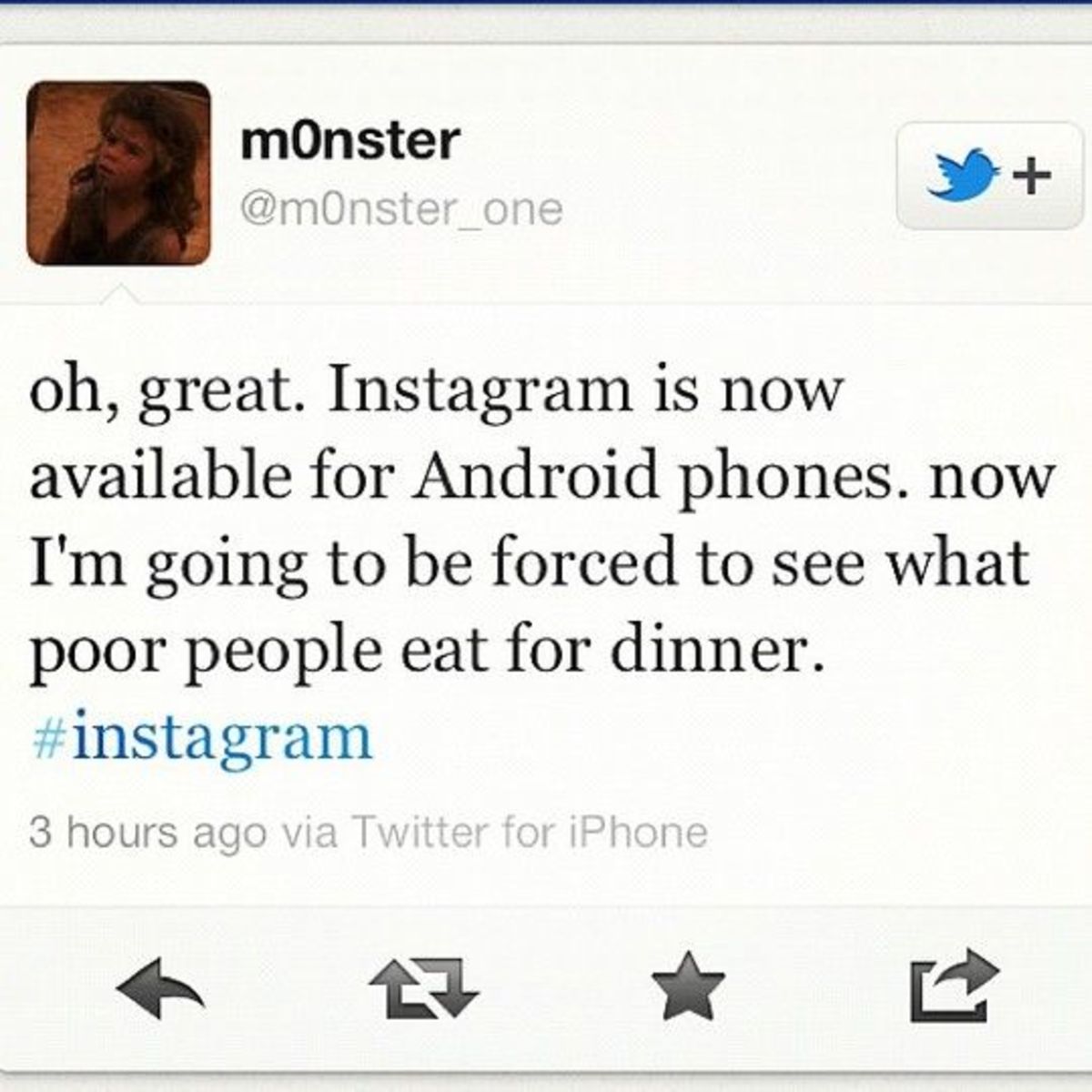- HubPages»
- Technology»
- Internet & the Web»
- Social Networking
Twitter Assessment:CNN
According to the West Liberty University (n.d.), “Twitter is an online social networking service that enables users to send and read short 140-character messages called tweets.” Twitter can be used for socialization, networking, advertising, promotion, and access to the news in real time. The downside of Twitter is that there is no filter or classification for Tweets; this means that users need to take care to validate all information that they learn about on Twitter through a secondary sources. Many mass communication organizations and their employees use Twitter to for audience engagement and interaction. The Cable News Network (CNN) is an organization that has a Twitter account set up for their network in order to engage their audience and provide news on Twitter.
CNN has several Twitter accounts created such as: CNN, CNN Breaking News, CNN Money, CNN Weather Center, CNN International, and CNN Politics. CNN splits their news between these Twitter accounts in order to narrowcast directly to people who are interested in each specific type of news. According to the Mass media revolution, “narrowcasting is a type of media message that encompasses narrowly directed messages to smaller, more clearly defined audience segments” (Sterin, 2012, p. 218). While CNN’s narrowcasting strategy is effective on their CNN International and CNN Politics it is less effective on their main Twitter page because the mass communication organization re-tweets the tweets from CNN Money, CNN Weather Center, CNN International, and CNN Politics which provides a mixed pool of news information. This makes it difficult for twitter users to find the news stories that are not on money, weather, politics, or international news.
CNN’s main Twitter account provides numerous news stories for Twitter users. These stories provide audience engagement through the links, videos, and pictures that are attached to the tweets. Each story is a quick blurb that gives the Twitter user just enough information for him or her to decide if they would be interested in the full story. For instance on April 13, 2015 CNN tweeted “BREAKING NEWS: @marcorubio says he's running for president, a Rubio adviser tells CNN”; this tweet included a picture of the candidate live on CNN with a link to the full story at the CNN website. Also on April 15, 2015 CNN tweeted “Creepy much? See what @mikeroweworks is up to tomorrow on Somebody's #gottadoit at 9p ET/PT”; this tweet included a video of creepy dolls and a link to the full video story on the CNN website. This tweet proves to be particularly good for audience engagement because as soon as a Twitter user puts their mouse over the video it begins to play. Once the video has started it draws the user in and then the clip ends before the full story is provided causing the twitter user to seek out the full story on the CNN website. These types of tweets allow CNN’s audience to get a quick feel for the story, see a visual element of the story, and then check out the full story on the CNN website where they can then validate that it is a real CNN story.
The CNN Twitter page also has less effective Tweets such as the one tweeted on April 14, 2015, “@SpaceX was unable to guide the bottom stage of the #Falcon9 rocket upright onto a floating platform”. The tweet included a link to the official CNN story on their website. However unlike the other Tweet this one does not communicate to Twitter users what the story is about and there is no visual element. This causes Twitter users to quickly continue to other tweets without going to the CNN website. These tweets and other similar ones fail at audience broadcasting; these tweets fail to seek the largest number of eyes as most users can’t discern enough from the tweet to even decide if they would be interested in the full story.
CNN makes good use of Twitter for audience engagement; however there is still room for improvement. All of CNN’s tweets should be geared for audience broadcasting. In order to reach the largest number of eyes each tweet should include a visual element such as a picture or video, an informational blurb that explains what the story is about, and a link to the entire story. CNN does not effectively use Twitter for audience interaction. There are almost no tweets that ask twitter users to interact with CNN or each other. The best that CNN does on Twitter is to direct their audience to their Facebook account where CNN says they will answer questions. To improve on audience interaction on Twitter, CNN should give Twitter users encouragement to ask questions through Twitter. This would then allow CNN to answer questions on Twitter which would not only help them with their audience interaction, but also with the engagement of their audience. CNN could also ask their audience questions, invite their opinions, and/or allow their audience to vote or influence the network in some way. For instance, CNN could put story topics which they are considering pursuing on Twitter and ask their audience which topic would interest them the most. There are some Tweets that could easily be altered to increase audience interaction. For instance on April 15, 2015 CNN tweeted, “Had a stressful day? Here are 12 #superfoods to reach for when you've just about had enough”; this tweet included a picture of blueberries and a link to the list of twelve foods. CNN could have had a follow-up tweet inquiring which superfood twitter users eat for stress relief. CNN could have also sparked a debate about whether twitter users believe superfoods can truly provide stress relief. While CNN does a decent job with using their Twitter account, evident from their 16.6 million followers, there is still room for improvement.
References
Sterin, J. (2012). Mass media revolution (2nd ed.). Boston: Allyn and Bacon.
Twitter:CNN. (n.d.). Retrieved April 15, 2015 from https://twitter.com/CNN
West Liberty University. (n.d.). Twitter Feeds. Retrieved April 15, 2015 from http://westliberty.edu/twitter/about/








